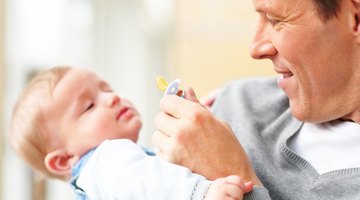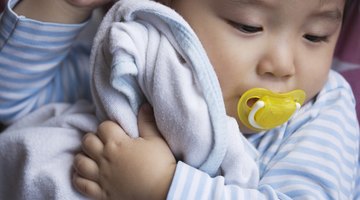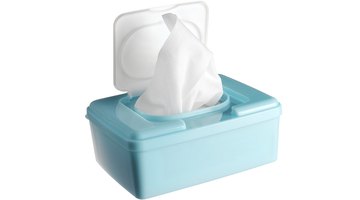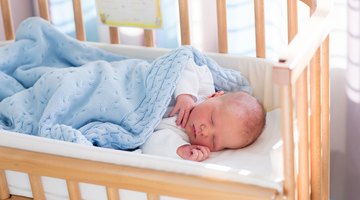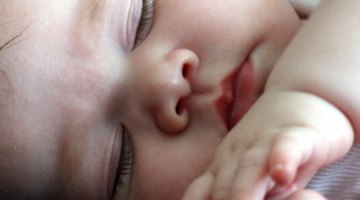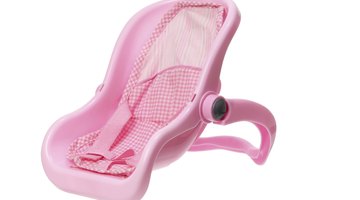Can Pacifiers Cover & Block the Nose?
Pacifiers come in a variety of sizes and shapes, but they all have a shield that attaches to the nipple. A very large shield could cover the nose of a very small infant.
The easiest way to prevent a pacifier from blocking your baby's nose and interfering with his breathing is to buy one suitable for his size. However, pacifiers sold in the United States must have ventilation holes in the shield to allow air to pass through them.
Dangers of Covering the Nose
A tiny baby doesn't have the ability to bat something away if it's covering up his nose; he doesn't have the muscle control to isolate where the problem is and put his hands on it. If an object such as a piece of plastic, a blanket or a pillow covers his nose, he can suffocate.
Lying on his stomach with a too-large pacifier that covers his nose could increase the risk of smothering.
Smothering deaths differ from Sudden Infant Death Syndrome (SIDS) where the cause of death cannot be established. The American Academy of Pediatrics recommends that all infants sleep on their backs to reduce the risk of SIDS.
Safety Standards
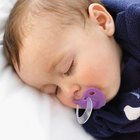
When to Replace Your Baby's Pacifiers
Learn More
The Consumer Product Safety Improvement Act of 2008 mandates third-party testing to ensure that pacifiers conform to certain safety standards.
All pacifiers sold in the United States must have at least two ventilation holes in the shield, according to ConsumerReports.org.
Ventilation holes not only allow air to pass through if the shield covers your baby's nose, but also provides ventilation if your baby swallows the pacifier, blocking his airway. The holes should be at least 0.2 inches, or about 3/16ths of an inch wide.
Pacifier Styles
If you're concerned about your baby's pacifier covering his nose, pick a style with a shield that sits far below his nose. Many pacifiers have shields with a curved area that fits under the nose, making it difficult for the shield to cover your baby's nose.
Don't buy pacifiers with additional bling or decorations on the shield or other parts of the pacifier; they could break off and your baby could swallow them or choke on them. The decorations can also block the ventilation holes.
Caveats
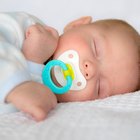
Is It OK for Baby to Sleep With a Pacifier?
Learn More
Examine the pacifiers you buy carefully before letting your baby use them.
Check the U.S. Consumer Product Safety Commission for recalls of potentially unsafe pacifiers. Throw out pacifiers that develop cracks or tears in the nipple or shield; pieces that break off could present a choking hazard. Some manufacturers recommend replacing pacifiers as frequently as every four weeks, Consumer Reports.org states.


